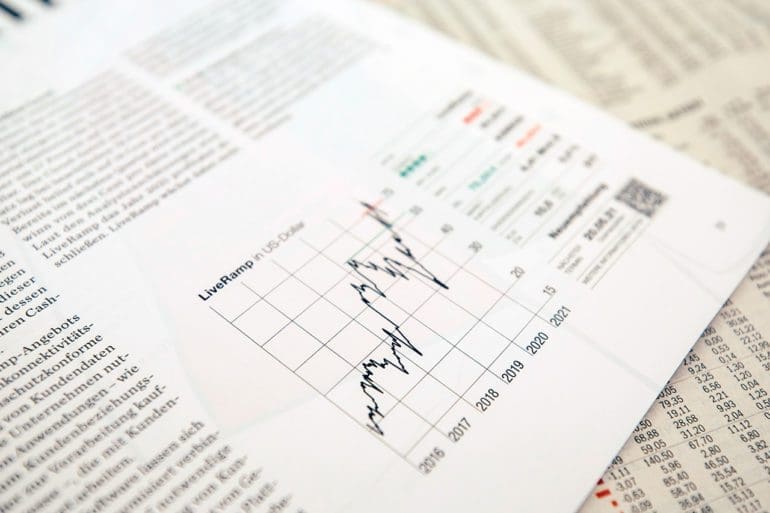The Cion Digital Blockchain Orchestration Platform accelerates integration, provides optionality, prevents technical debt from the onset, and removes friction from creating blockchain-based innovative real-time payment and financing.
Avanti now needs FDIC insurance and acceptance into the Federal Reserve payments system to function as a bank and offer stable coin services.
It turns out, like many Central American countries, Guatemala is a hot market for fintech, with a GDP of $77.6 billion in 2020, making it the second-largest economy in Central America and the Caribbean.
Financial services companies must reckon with a consumer base that is hurting and anxious about what’s coming next and ask: How do we transition from temporary relief to a more permanent financial recovery?
Flow Networks helps connect the world's biggest payment systems to the consumer at the moment of payment. They use that period to connect with customers via gamification in ways that build retention.
Risk management strategies can go a long way in proactively reducing risk to an acceptable level, improving operational efficiency.
While in the past new fintechs would grow to the point that a bank acquired them, it is becoming more and more the case that fintechs are the ones doing the shopping.
LatAm fintechs have a massive advantage over traditional financial companies: a lack of a robust, cost-heavy physical infrastructure that thwarts cross-border expansion.
Just before lunch, after a morning of fireside chats at LendIt Fintech LatAm, was the heavy hitter Pierpaolo Barbieri, CEO, and founder of Ualá.
Credijusto, a leading Mexican small business fintech paid $50 million to buy Banco Finterra in June. Co-CEO David Poritz wrapped day one of the LendIt LatAm keynote section, discussing what it was like as the only neobank holding a banking license in Mexico.











